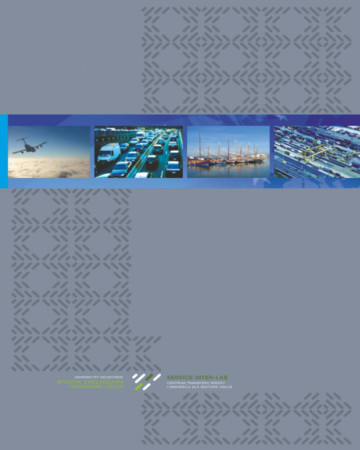
ISSN: 1644-275X
eISSN: 2353-3005
OAI
DOI: 10.18276/ptl.2017.40-02


Issue archive /
nr 4 (40) 2017
Ewolucja konstytutywnej funkcji listu przewozowego
(Evolution of the constitutive function of the consignment note)
| Authors: |
Daniel
Dąbrowski

Uniwersytet Szczeciński, Wydział Zarządzania i Ekonomiki Usług |
| Keywords: | consignment note contract for carriage of goods CMR convention CIM convention transport of goods |
| Data publikacji całości: | 2017 |
| Page range: | 11 (19-29) |
| Klasyfikacja JEL: | K12 |
Abstract
In the international rail transport of goods (CIM Convention) for many years, the acceptance by the carrier of the goods for carriage together with the consignment note was a prerequisite of contracting. The consignment note had a constitutive function then. At present, this function does not exist. The purpose of this article is to answer the question whether the existence of a constitutive function in the CIM Convention influenced the regulation of air transport conventions and CMR convention. The cases where the consignment note still has a constitutive function (to some extent) has been identified as well. The reasons for granting this function were pointed out and the accuracy of the regulation was assessed.
Download file
Article file
Bibliography
| 1. | Aikens R., Lord R., Bools D. (2006). Bills of lading, London: Informa Law |
| 2. | Ambrożuk D. (2015). W: D. Ambrożuk, D. Dąbrowski, K. Wesołowski, Konwencja o umowie międzynarodowego przewozu drogowego towarów (CMR). Komentarz, Warszawa: Wolters Kluwer SA |
| 3. | Bon Garcin I. (2010). W: I. Bon Garcin, M. Bernadet, Y. Reinhard, Droit des transports, Paris : Dalloz |
| 4. | Clarke M.A. (2009). International Carriage of Goods by Road: CMR, London 2009: Informa Law |
| 5. | Demange J. (1902). La lettre de voiture dans le transport internationaux d’après la convention de Berne du 14 octobre 1890, Paris : Arthur Rousseau |
| 6. | Disney H.W. (1905). The law of carriage by railway, London: Stevens |
| 7. | Donald A.E. (1981), The CMR. The Convention on the Contract for the International Carriage of Goods by Road, London |
| 8. | Duverdy, D. Ch. (1874). Traité du contrat de transport par terre en général et specialement par chemins de fer, Paris : A.Chaix et Cie |
| 9. | Górski W. (1959). List przewozowy (studium prawne), Poznań: Poznańskie Towarzystwo Przyjaciół Nauk |
| 10. | Jesser-Huß H. (2009). W: B. Czerwenka, R. Herber (red.) Münchener Kommentar zum Handelsgesetzbuch. Bd. 7, Transportrecht, München: Verlag C.H. Beck/Verlag Franz Vahlen |
| 11. | Locré J.G. (1829). Esprit du Code commerce, Paris : Chez Dufour |
| 12. | Koller I. (2013), Transportrecht, München:C.H.Beck |
| 13. | Macnamara W.H. (1888). A digest of the law of carriers of goods and passengers by land and internal navigation, London: Stevens and sons |
| 14. | Messent A., Glass D.A. (1995), CMR: Contracts for the International Carriage of Goods by Road, London, New York, Hamburg, Hong Kong: LLP Professional Publishing |
| 15. | Teutsch Ch. (2013). W: K.-H. Thume (red.) Kommentar CMR. Übereinkommen über den Beförderungsvertrag im internationalen Straβengüterverkehr, Frankfurt am Main: Deutscher Fachverlag, Fachmedien Recht und Wirtschaft |
| 16. | Thume K.-H., Riemer J.B. (2013). W: K.-H. Thume (red.) Kommentar CMR. Übereinkommen über den Beförderungsvertrag im internationalen Straβengüterverkehr, Frankfurt am Main: Deutscher Fachverlag, Fachmedien Recht und Wirtschaft |
| 17. | Wesołowski K. (2013). Umowa międzynarodowego przewozu drogowego towarów na podstawie CMR, Warszawa: Wolters Kluwer |